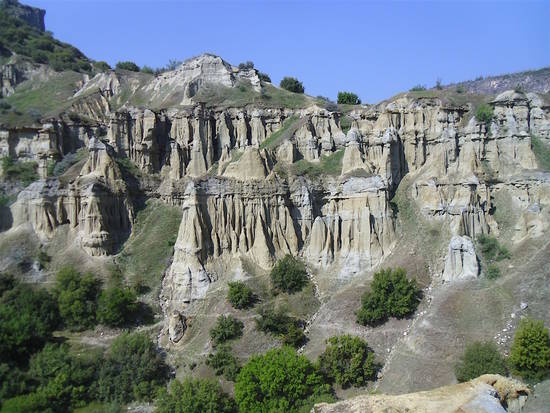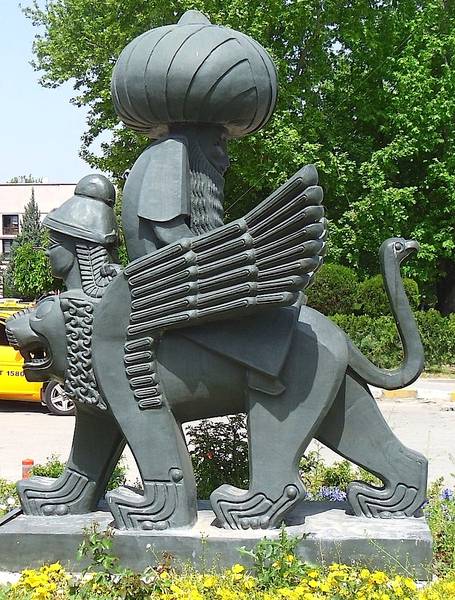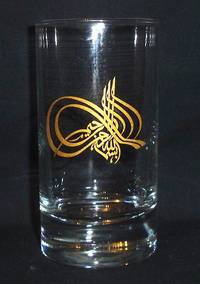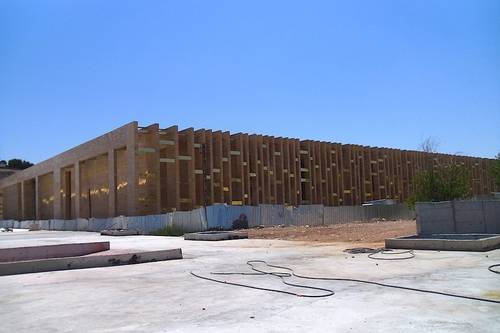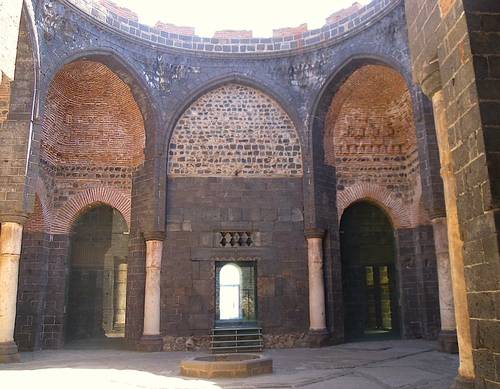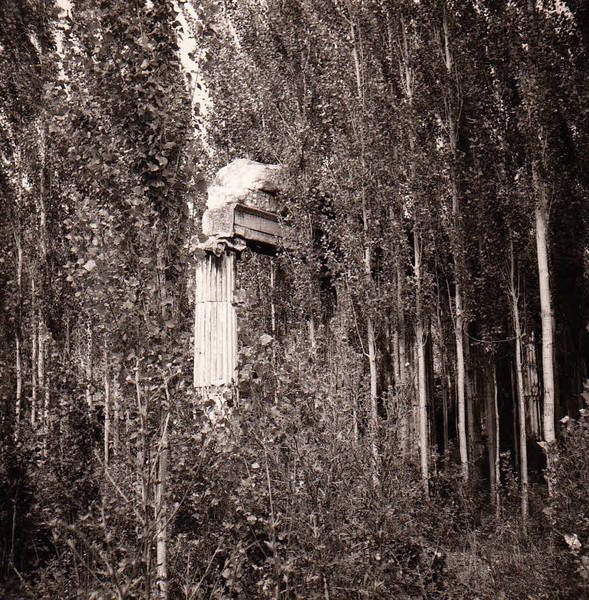
When Freya Stark was in this area in the early autumn of 1952, she was on a quest (the very word she used in the title of the book detailing her adventures: Ionia: A Quest). Armed with her Classics, she was looking for the material reality underpinning the narratives of the likes of Herodotus and Pindar. As far as she was concerned, she was in Ionia (the other component of the title), sometimes in Aeolia, occasionally in Caria. She never doubted that she, like the antiquarian travellers before her, was in an extension of ancient. Her experience remains unique: travelling as a woman, a foreigner and on her own, she aroused curiosity and a sort of protective sympathy. She had a novelty value that made her feel occasionally like an animal in a zoo but which at times secured VIP treatment from the local poeple. Archaeologically was not ready for her (hence her disparaging comments on the state of the theatre at Pergamon). Transportation was not easy; the crossing of the Meander Delta, some 8km wide, entailed the use of a lorry, a tractor, a ferry and an overnight stay. She came across only one visitor on the same quest as hers, and yet she toured 55 sites.
Sixty years on, things have changed in many respects. For a start, today you will not be alone, probably not even in the depths of winter (the climate on the coast can be benign and Turkish pensioners use timeshares for a week in the sun when the tourists are away). And in the high season, tourists come not in units but in millions. Despite the efforts of the Turkish government to rebalance and diversify tourism away from the Aegean and Mediterranean and direct it more to the interior (set out in a document detailing the strategy for 2023, the centenary of the Republic), it may prove difficult to persuade holiday-makers to eschew the beaches. As far as archaeology is concerned, the region has been made ready for mass consumption. When I was here in 1969, it was still possible to photograph, not far from the main road, a couple of marble Ionian columns topped with an architrave. They stood sprouting from an overgrown field like an improbable weed. Now archaeological remains have either been obliterated by development, neglect, stone robbing or ploughing or they are fenced off, restored, reconstructed and signposted. They come with a bekçi (custodian), an entry ticket and a visitor centre. Bodrum and İzmir have major airports, which means you can bypass Istanbul altogether, and the roads have improved enormously—though the topography still makes for some interesting driving. Crossing the Meander, at any rate, is no longer a challenge.
Aeolia, Ionia and ancient migration
The idea that the east coast of the Aegean was systematically colonised by mainland Greeks, i.e. by would-be colonists under the leadership of a hero, is deeply engrained. Travellers, including Freya Stark, and archaeologists working on location, have all taken it as a fact. The ancient sources, albeit with a number of variants, agree that the Aeolians, a few years after the Trojan War, set out from Thessaly (or was it Boeotia?) under the leadership of Orestes, son of Agamemnon, to settle in Lesbos and on the coast north of the Gulf of İzmir. Four generations later the Ionians, fleeing the invading Dorians, occupied the coast south of İzmir as well as the islands of Chios and Samos. They had strong support in Athens and the enterprise was eventually presented as an Athenian triumph. Each ethnic group was organised into a federation of twelve cities. The Aeolian League had its seat at the Temple of Apollo at Gryneum; and the Ionian League had theirs at the Temple of Poseidon on the Mykale peninsula.
All this accorded well with the colonial attitudes of the late 19th century, when excavations began. After the Bronze Age, it was reckoned, progress could only have come from the West. However, as archaeological research continued, the evidence to back up this narrative failed to materialise. There is no trace in the Archaic material of a single dominant group either north or south of İzmir; no trace of new arrivals; no changes in the pottery.
Archaeologically speaking, an Iron-Age Greek migration into western Asia remains invisible. A re-evaluation of the sources was thus long overdue. It is interesting that Homer (7th century BC), who was well placed in İzmir, at the supposed junction of the two ethnicities, has nothing to say on the matter. No Aeolia, no migrations. The information comes later, and the later it is, the more detailed and complete. Strabo, in the 1st century of our era, gives the fullest account. On the ground, however, archaeology for the 7th century BC shows a very reduced Greek presence on the coast, with Phrygians and Lydians dominant in the hinterland. The leagues, it has been suggested, were not an expression of ‘being Greek’ but a way to cope with the patchwork of diverse ethnic groups that had occupied the space left by the demise of the Hittite Empire. About the same time, the expansionist policy of Miletus, up the coast and into the Black Sea, encouraged Athens to do likewise and set up a colony at Sigeum in the Troad, as close as possible to Troy, which was taking off as a cult centre celebrating Homeric heroes. Identities were being established with the assistance of made-up genealogies; new identities were forged as a reaction. The climax came with the Persian Wars at the end of the 5th century BC, when Athens was able to establish its primacy. It is then that Ionia (Aeolia had by then faded) looked west for leadership and the migration myth was crystallised. In the Hellenistic period Troy, Priene, Pergamon and Sardis all organised games in imitation of the Athenian Panathenaica. Architectural styles converge and Athens emerges as the mother of them all. The triumph of Ionia lives on today in the Turkish word for Greece. Yunanistan.
Aegean Turkey: From Troy to Bodrum, by Paola Pugsley, is the latest in the series of updated chapters from Blue Guide Turkey. It will be published in spring 2018.







